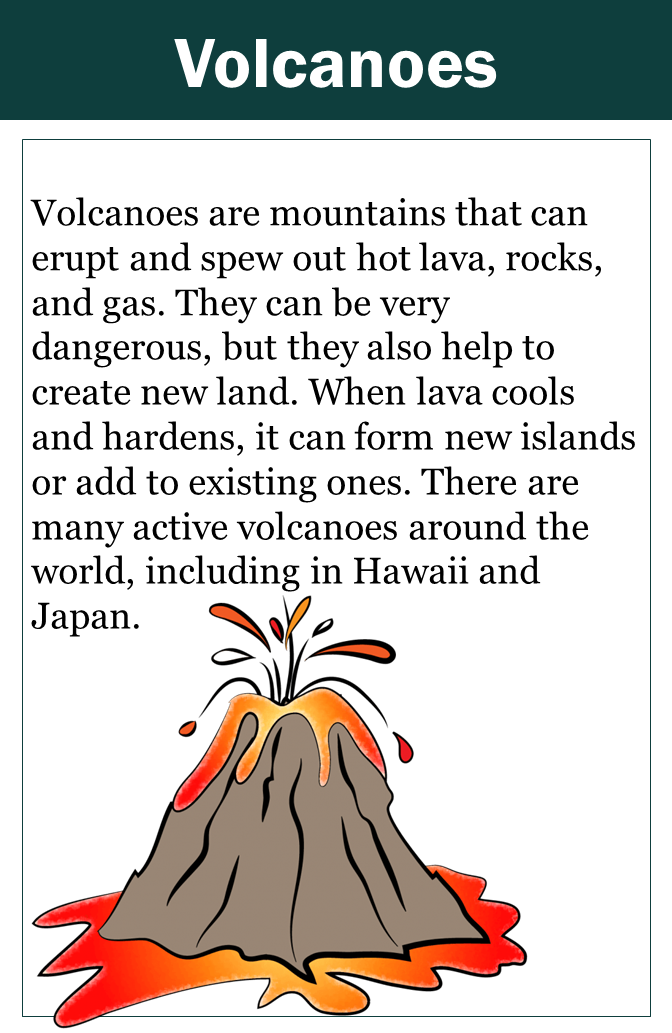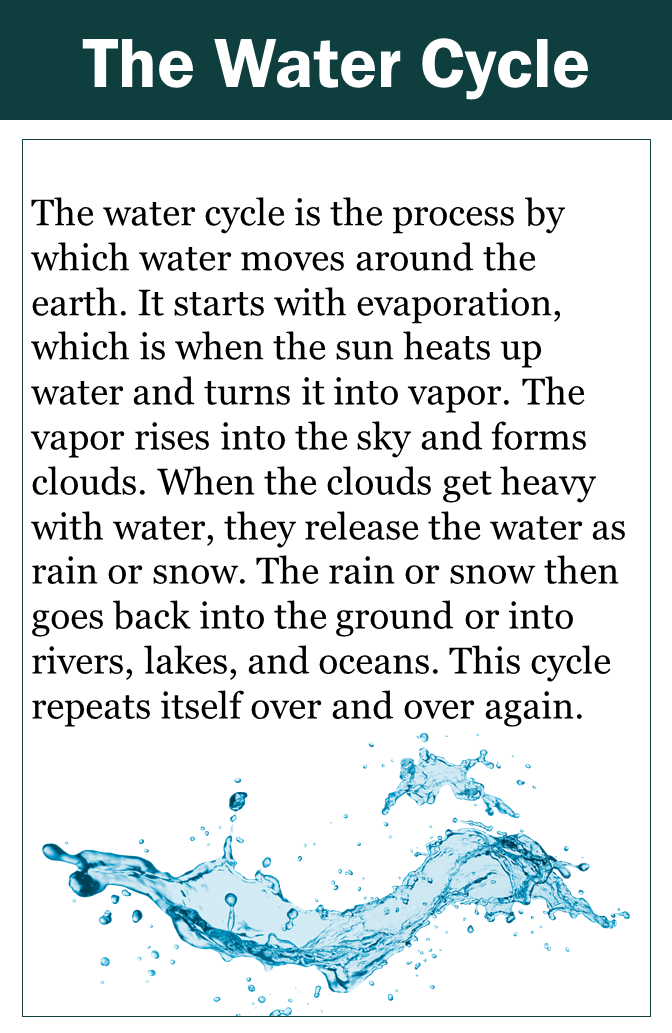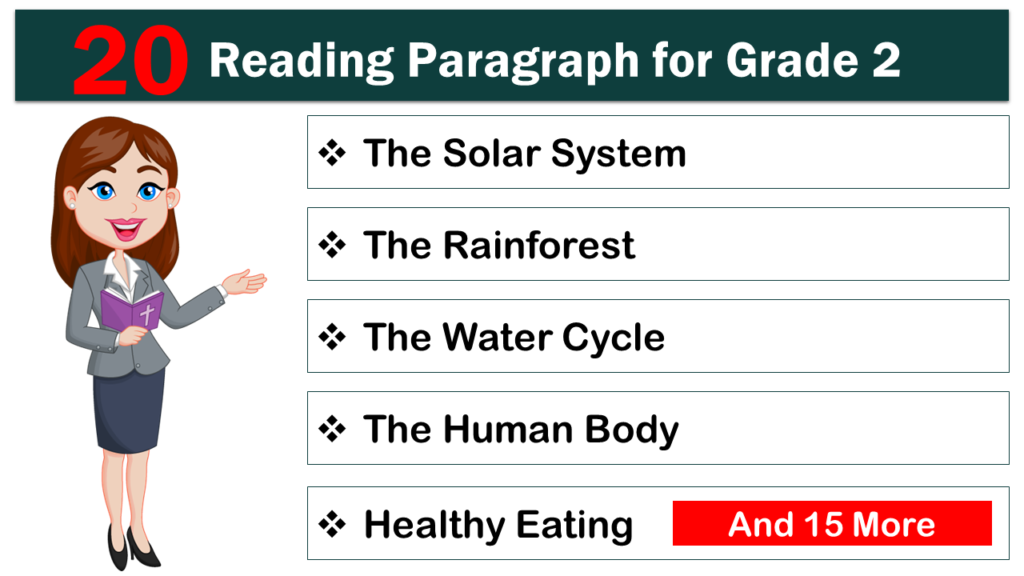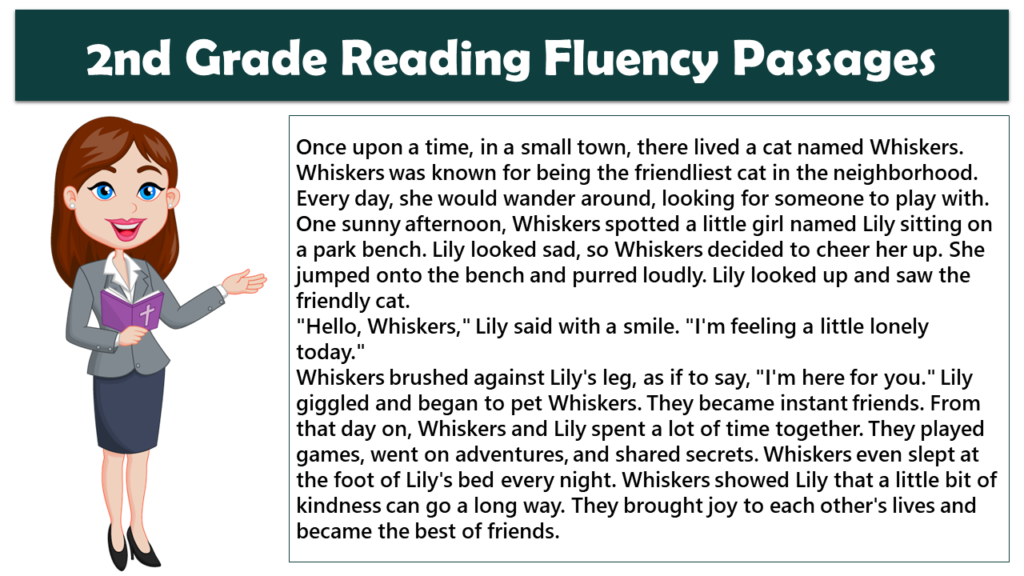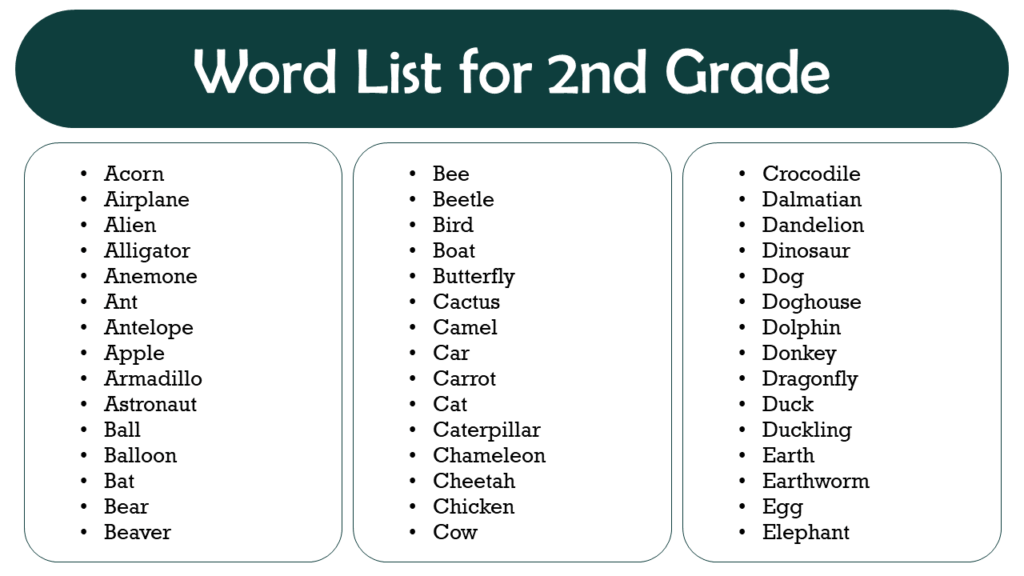In grade 2, children are typically expected to develop their reading skills further. They are encouraged to read longer passages, comprehend the meaning of what they are reading, and identify specific details in the text. The process of reading can be challenging for some children, especially when they encounter longer paragraphs that seem overwhelming. Therefore, it is crucial to provide them with the right reading materials and support to help them improve their reading abilities. In this blog post, we will explore Reading Paragraphs for Grade 2 and some tips and techniques that parents and educators can use to help grade 2 students read paragraphs with greater ease and comprehension.
Download English Paragraph for the grade 2 pdf
Reading Paragraph for 2nd Grade
Here are 20 English Paragraph for Grade 2:
The Solar System:
The solar system is made up of the sun and all the planets and other objects that orbit around it. There are eight planets in our solar system, including Earth. Some of the planets are rocky like Earth, while others are made mostly of gas. The sun is the biggest object in our solar system and is what gives us light and heat.
Volcanoes:
Volcanoes are mountains that can erupt and spew out hot lava, rocks, and gas. They can be very dangerous, but they also help to create new land. When lava cools and hardens, it can form new islands or add to existing ones. There are many active volcanoes around the world, including in Hawaii and Japan.
The Rainforest:
The rainforest is a beautiful and important ecosystem that is found in many parts of the world. It is home to many different plants and animals, including monkeys, birds, and snakes. The rainforest helps to provide clean air and water, and is also an important source of food and medicine. Unfortunately, many rainforests are being destroyed by deforestation. It’s important that we all do our part to protect these amazing habitats.
The Water Cycle:
The water cycle is the process by which water moves around the earth. It starts with evaporation, which is when the sun heats up water and turns it into vapor. The vapor rises into the sky and forms clouds. When the clouds get heavy with water, they release the water as rain or snow. The rain or snow then goes back into the ground or into rivers, lakes, and oceans. This cycle repeats itself over and over again.
The Human Body:
The human body is made up of many different parts that work together to keep us alive. We have bones that give us structure, muscles that allow us to move, and organs like the heart and lungs that help us breathe and pump blood throughout our bodies. It’s important to take care of our bodies by eating healthy foods, getting enough exercise, and getting enough rest.
The Seasons:
The Earth experiences four seasons – spring, summer, fall, and winter. These seasons are caused by the tilt of the Earth’s axis as it orbits the sun. In the Northern Hemisphere, spring starts around March 20th, summer around June 21st, fall around September 22nd, and winter around December 21st. Each season has its own unique characteristics, such as flowers blooming in spring, hot temperatures in summer, leaves changing colors in fall, and snow in winter.
Outer Space:
Outer space is the vast expanse beyond the Earth’s atmosphere. It contains many fascinating objects, such as stars, planets, comets, and asteroids. Scientists have sent many different spacecraft and rovers into space to learn more about these objects and explore new frontiers. While space is an exciting and mysterious place, it is also very dangerous and requires a lot of careful planning and preparation to explore.
The Ocean:
The ocean is a vast body of saltwater that covers over 70% of the Earth’s surface. It is home to many different types of creatures, from tiny plankton to enormous whales. The ocean also plays a crucial role in regulating the Earth’s climate and weather patterns. However, human activity has led to problems like pollution, overfishing, and climate change, which are putting the health of the ocean and its inhabitants in danger.
Recycling:
Recycling is the process of turning waste materials into new products. This helps to conserve resources and reduce the amount of waste that ends up in landfills. Many materials can be recycled, including paper, plastic, glass, and metal. It’s important to make sure that you recycle properly by following your local recycling guidelines and not contaminating your recycling with non-recyclable items.
Sports:
Sports are a fun way to get exercise and stay active. There are many different types of sports, such as soccer, basketball, baseball, and swimming. Playing sports helps to build physical strength, improve coordination and balance, and develop teamwork and sportsmanship skills. It’s important to wear proper safety equipment when playing sports to prevent injuries.
The Moon:
The moon is a natural satellite that orbits the Earth. It is the fifth largest moon in the solar system. The moon has phases that change as it orbits around the Earth, from a full moon to a new moon and back again. The moon also affects the tides of the oceans on Earth. The first humans landed on the moon in 1969 as part of the Apollo 11 mission.
Healthy Eating:
Eating a healthy diet is important for staying healthy and feeling good. A balanced diet includes plenty of fruits, vegetables, whole grains, and lean proteins. It’s also important to limit foods that are high in sugar, salt, and unhealthy fats. Drinking plenty of water is also important for staying hydrated and keeping your body functioning properly.
Farming:
Farming is the process of growing crops and raising animals for food and other products. Farmers use a variety of techniques, such as planting seeds, irrigating crops, and raising livestock. Farming is an important industry that helps to feed people around the world. It’s important to support sustainable farming practices that protect the environment and promote animal welfare.
Weather:
Weather refers to the conditions of the atmosphere, such as temperature, humidity, precipitation, and wind. Weather can change quickly and can have a big impact on our daily lives. Meteorologists use tools like radar and satellites to predict weather patterns and warn people about severe weather like thunderstorms, hurricanes, and tornadoes.
Insects:
Insects are a type of animal with three body parts and six legs. There are over one million known species of insects, and they play important roles in ecosystems as pollinators, decomposers, and food for other animals. However, some insects can also be pests, damaging crops and spreading disease.
Transportation:
Transportation refers to the movement of people and goods from one place to another. There are many different types of transportation, such as cars, buses, trains, planes, and boats. Choosing a mode of transportation depends on factors like distance, cost, and convenience. It’s important to follow safety rules and wear seatbelts or life jackets when using transportation.
Forests:
Forests are ecosystems with a dense concentration of trees and other vegetation. They play important roles in regulating the Earth’s climate, providing habitats for wildlife, and providing resources like wood and paper. However, deforestation and forest degradation are major environmental issues that can lead to habitat loss, soil erosion, and climate change.
Music:
Music is an art form that uses sound and rhythm to express emotions and tell stories. There are many different types of music, such as classical, rock, pop, and country. Listening to music can be a fun and relaxing activity, and playing an instrument or singing can be a rewarding creative outlet.
Art:
Art is a form of creative expression that can take many different forms, such as painting, drawing, sculpture, and photography. Art can communicate ideas and emotions and can be used to explore cultural and social issues. Engaging with art can be a rewarding and enriching experience.
Health and Safety:
Health and safety are important topics that help people stay healthy and avoid accidents. This includes things like washing hands regularly, wearing sunscreen, practicing safe behaviors around water and electricity, and staying home when sick. It’s important to learn about health and safety practices to protect yourself and others.
Tips and Techniques
Here are some effective tips and techniques that parents and educators can use to help grade 2 students read paragraphs with greater ease and comprehension:
Start with Phonics: Phonics is an essential foundation for reading. Help grade 2 students strengthen their phonics skills by teaching them the sounds of letters and letter combinations. Use interactive activities, such as phonics games and flashcards, to make learning enjoyable and engaging.
Use Decodable Books: Provide grade 2 students with decodable books that contain words and sentences they can read based on the phonics rules they’ve learned. Decodable books allow children to practice their newly acquired skills in a controlled and supportive environment, boosting their confidence and reading fluency.
Practice Sight Words: Introduce a list of sight words that are frequently used in texts. Sight words are words that children should recognize instantly, without having to decode them. Make flashcards or use online resources to help students memorize these words. Regular practice with sight words will enhance their reading speed and comprehension.
Encourage Reading Aloud: Encourage grade 2 students to read aloud regularly. This practice helps them improve their pronunciation, fluency, and comprehension. Engage in shared reading activities where you read together and model proper intonation and expression. Create a supportive and positive environment where they feel comfortable practicing their reading skills.
Use Graphic Organizers: Introduce graphic organizers, such as story maps or character webs, to help students organize their thoughts and make connections while reading. These visual aids assist in improving comprehension by encouraging students to identify main ideas, characters, settings, and story events.
Provide Contextual Support: When introducing a new paragraph, provide students with context to help them understand the topic and anticipate what they will read. Discuss any relevant background information or activate their prior knowledge on the subject. This preparation aids in comprehension and makes reading more meaningful for grade 2 students.
Ask Questions: Encourage grade 2 students to ask questions while reading and guide them to find answers within the text. This interactive approach fosters critical thinking and helps students develop reading comprehension skills. Start with simple questions that require literal answers and gradually progress to more inferential and analytical queries.
Promote Reading Engagement: Foster a love for reading by providing a variety of age-appropriate books and materials that align with their interests. Allow students to choose their own reading materials, such as books, magazines, or online articles, to promote autonomy and engagement. Regular reading practice outside of the classroom environment enhances reading skills and overall literacy development.
Monitor Progress: Keep track of each student’s progress in reading comprehension and fluency. Conduct regular assessments to identify areas that require further support or intervention. Individualized attention and targeted instruction can address specific needs and help grade 2 students overcome challenges more effectively.
Celebrate Achievements: Recognize and celebrate the progress and achievements of grade 2 students in their reading journey. Positive reinforcement and praise go a long way in boosting their confidence and motivation to continue improving. Create a supportive and encouraging environment that values their efforts and promotes a lifelong love for reading.
By implementing these tips and techniques, parents and educators can provide grade 2 students with the necessary tools and support to read paragraphs with greater ease and comprehension. Remember that each child learns at their own pace, so patience and encouragement are key throughout this process.
Also Learn: Interesting Short Stories For Kids
Reading Paragraphs for Grade 2 | Images

